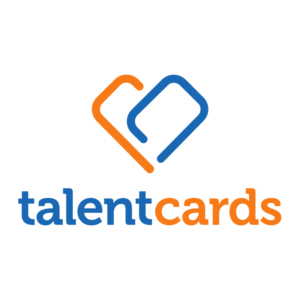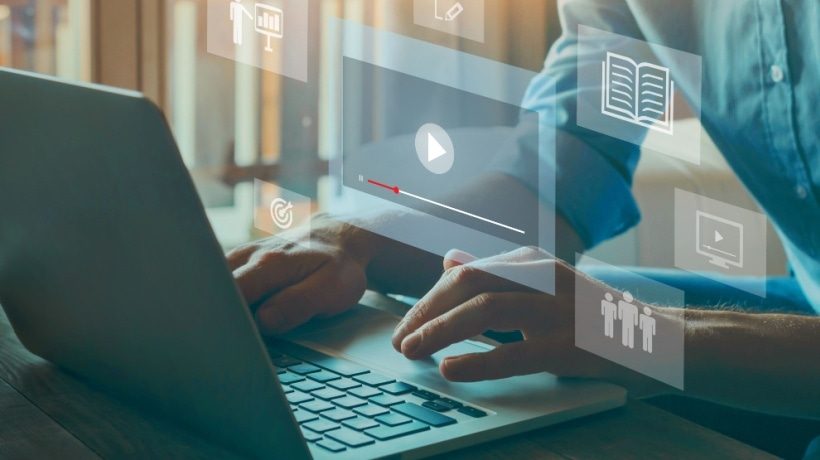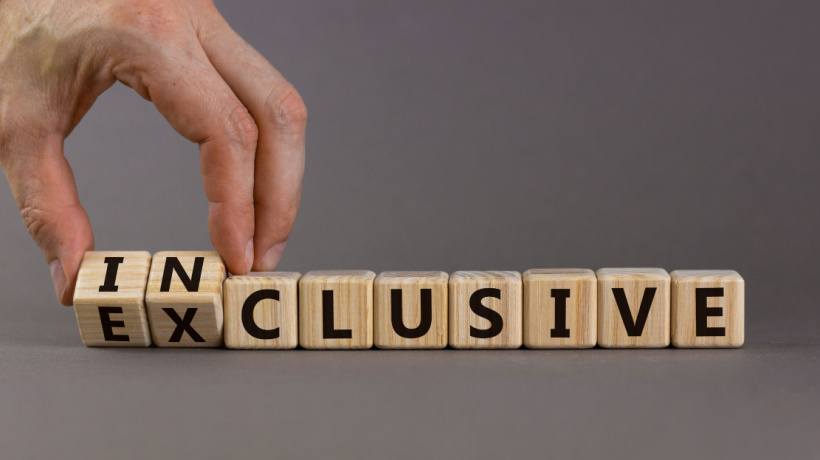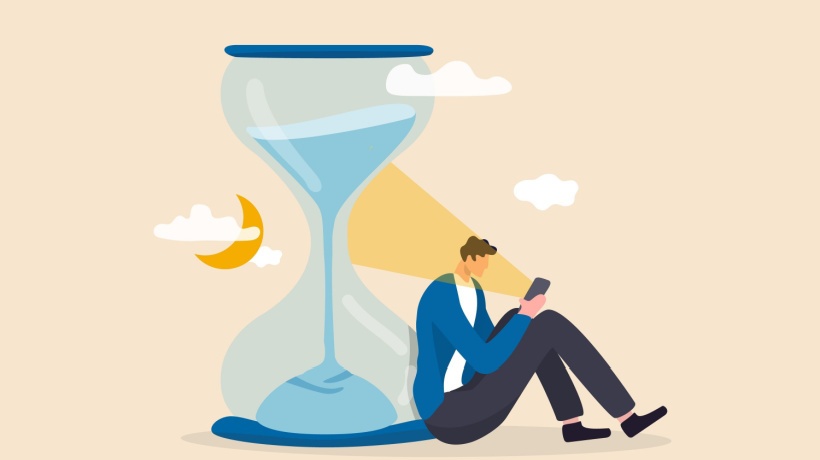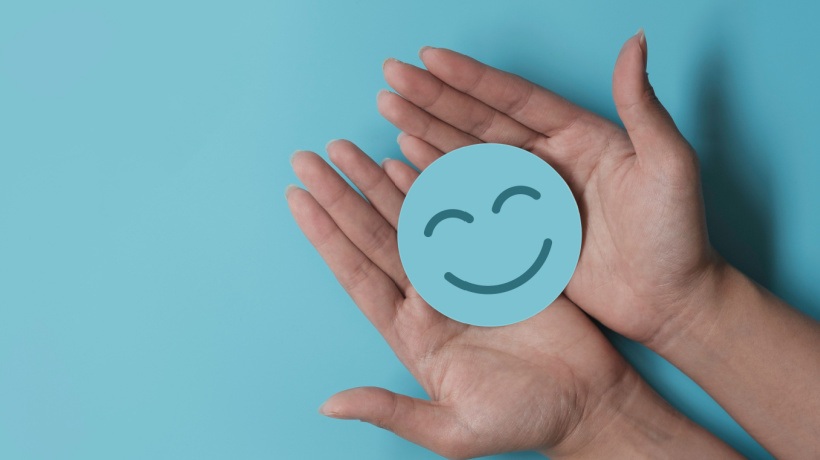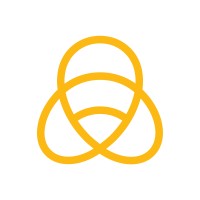Microlearning: Small Steps, Strong Minds
In today's work environment, employees are balancing more than just deadlines. They're managing stress, emotional fatigue, and growing mental health problems.
As burnout rises and attention spans shrink, traditional learning methods fail to tackle these challenges. But what if the format of learning itself could become part of the solution?
Cue microlearning: short, content-specific lessons that are digestible and easy to follow. Microlearning has already proven its value in boosting knowledge retention and engagement. Now, it's also emerging as a practical way to support employee mental health, offering a simple, scalable approach to building emotional resilience at work.
Why Microlearning Deserves A Spot In Your L&D Strategy
Mental health is no longer a "nice to have" for most organizations. It's a key determining factor in employee success. Employees seek more than just a wellness week at work. They want real support and mental health resources that fit into their daily schedule.
That's where microlearning comes in. These brief bits of information aim to provide clarity, autonomy, and simplicity (all core values of mental health). Through targeted mini-lessons, you can allow employees to learn at their own pace and revisit materials as needed. This gives them a sense of control over their personal development and well-being.
Think of it as a prompt and early intervention on your part that takes action and encourages employees to feel seen and heard. For example, including a short module for managers on how to avoid team burnout could be a step that prevents employees from feeling a toll on their mental health. Any organization can benefit from implementing such small gestures in its L&D strategy.
How Microlearning Builds Everyday Mental Fitness
Picture this: a five-minute lesson on how to reset after a tough meeting. A quick video on recognizing early signs of burnout. A daily reflection prompt to promote self-awareness.
Now, what if I told you these are not just hypothetical scenarios? These are real microlearning modules with a real impact on mental health.
In a constantly shifting, dynamic workplace, here's how microlearning can support your employees' wellness.
It Normalizes Conversations Around Mental Health
Short-form content is a non-intimidating way to surface sensitive topics. Microlearning provides a safe space for employees to engage with content related to anxiety, stress, and emotional fatigue. This approach encourages a more open and supportive work environment where conversations about mental well-being can become normalized.
It Enables Coping Mechanisms
Focusing on your breathing, picking up mindfulness habits, and similar techniques can be great, but that's not enough. Microlearning makes it easy to repeat and revisit these techniques regularly, which is exactly what your employees need to build a coping habit.
It Makes Support Feel Accessible
Instead of companies putting all their energy into hosting wellness workshops on an ad-hoc basis, learners are more likely to benefit from bite-sized learning whenever they need it. This provides consistent, on-demand support rather than a one-off event. By integrating mental health microlearning into their daily routines, employees can proactively manage their well-being and build resilience over time.
The Science Behind Why Microlearning Works For Wellness
Microlearning has a lot of strengths, but the biggest perk is in its format. Currently, there's a lot of cognitive overload, which makes it hard for people to retain information. When content is delivered in small, spaced intervals, it's more likely to stick with employees.
By combining repetition, personalization, and emotional safety, microlearning becomes a bridge, not a burden, in the learner's day. It also works well with our pre-existing mobile-first behavior that continuously takes center stage. Employees are already turning to short-form content for relaxation (hello, TikTok). So why not meet them where they already are? The only difference is that you're enabling purposeful learning that builds resilience.
What Mental Health Microlearning Looks Like In Action
Wondering what this looks like in real-life situations? Let's look at some ways your company can use microlearning to support mental health:
- Onboarding for new managers
Create a series of short lessons on topics such as recognizing patterns of employee burnout, leading with empathy, or creating emotional safety for your teams. New managers can significantly benefit from such topics, especially if it's their first time taking on managerial roles.
- Conflict resolution
Adding scenario-based assignments can help your employees prepare for any potential conflicts that pop up at work. Often, conflict is an added stress for your employees, and being able to mitigate that risk can positively affect their mental health.
By weaving wellness into daily learning moments like these, organizations send a message that taking care of your mental health is part of the job, not just a side task.
Tips For Creating Mental Health Microlearning That Stays
Are you looking to add some microlearning focused on mental health and wellness? Here are some tips to keep in mind:
- Make it personal. Use relatable, real scenarios that will resonate with your trainees. Create content focusing on simple examples and situations rather than complex medical terms related to wellness.
- Keep an empathetic tone. Avoid corporate jargon. Speak with warmth, empathy, and always lead with conversational language. It's important to acknowledge real-life situations that your employees might find challenging. Meet learners where they are emotionally.
- Link to resources. Along with any microlearning course focusing on mental health, it's important to include wellness resources that complement the subject.
How To Scale Microlearning For Mental Wellness
One of the best things about microlearning? You don't have to solely rely on this method as your entire L&D strategy. When it comes to wellness, introducing brief microlearning modules can be a small step that acts as a supportive nudge to your employees' daily routines. It can be something as simple as:
- Creating short wellness courses tailored to different roles.
- Assigning bite-sized learning directly to your employees.
- Monitoring what works well (i.e., improves learners' mental health) and what doesn't.
- Updating content depending on your team's wellness needs.
Wellness should become something easily accessible at the workplace instead of an annual item to tick off your to-do list. And when that happens, it starts to feel like a natural progression at work, not just a fluffy add-on.
It's Not Just About Training—It's About Trust
Incorporating microlearning into your L&D strategy sends a powerful message: "We care about you, and we respect your mental health." It shows that wellness isn't an afterthought—it's integrated into how your organization communicates, educates, and operates.
Don't think of microlearning as a substitute for addressing employee wellness. It's not meant as a way to solve burnout overnight. But it can play a crucial role in normalizing mental health challenges, supporting daily habits, and giving employees resources they'll actually use. Treat it as an aiding tool in an ever-evolving workplace that respects and cares about its employees.
And in today's world, where quiet quitting, emotional fatigue, and disengagement are all symptoms of deeper distress, those small steps matter.

